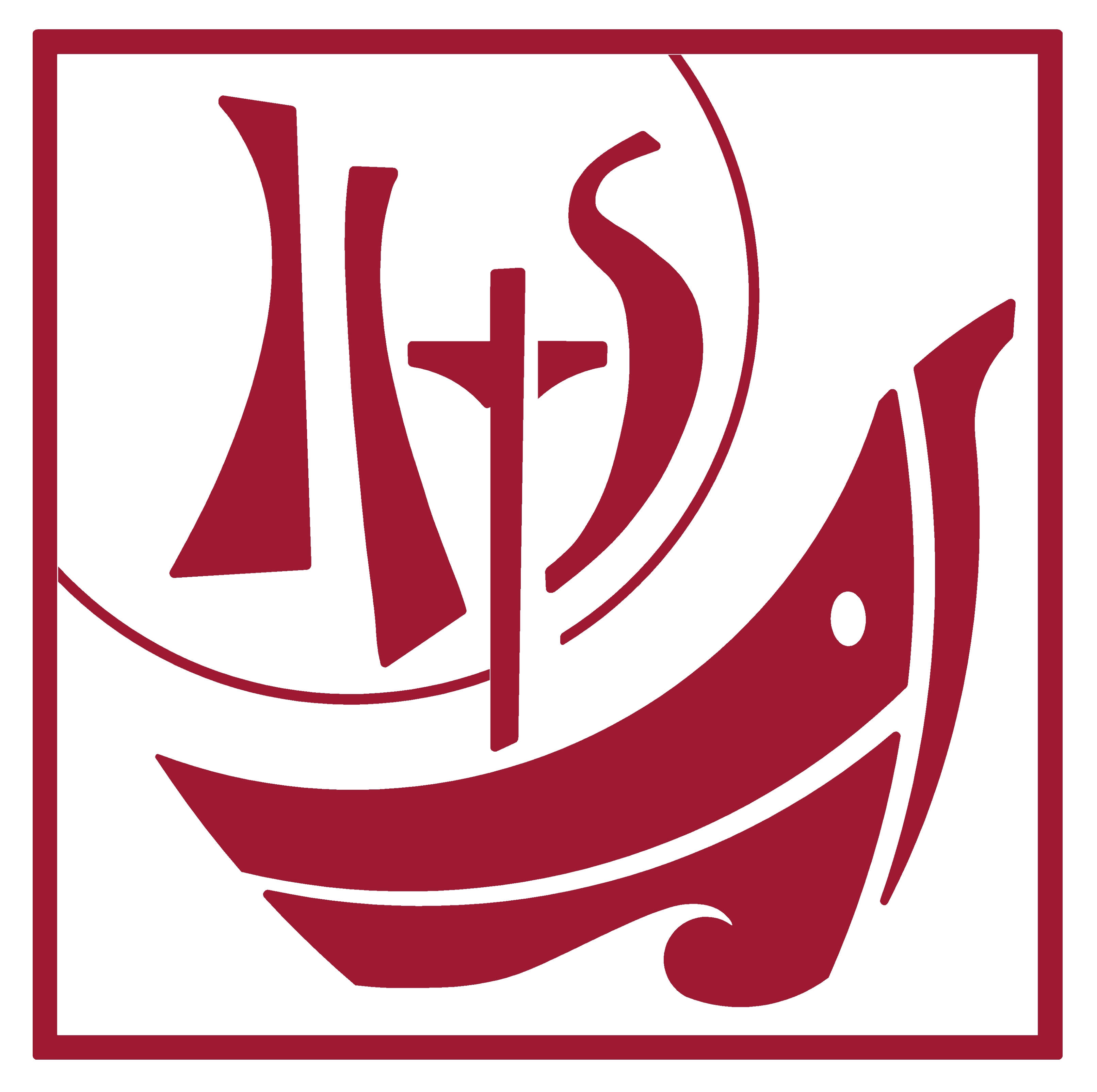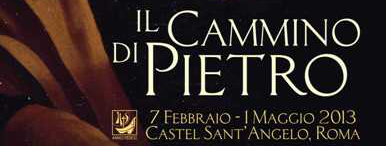With his Apostolic Letter Porta fidei, Benedict XVI proclaimed a Year of Faith, the start of which coincided felicitously with two anniversaries that were highly significant from both the spiritual and the cultural points of view: the fiftieth of the opening of Vatican Council II (October 11, 1962) and the twentieth of the publication of the Catechism of the Catholic Church (1992).
Curated by don Alessio Geretti, who was appointed by the Pontifical Council for Promoting the New Evangelization – the body of the Holy See that is in charge of the main events of the Year of Faith addressed to the universal Church – the exhibition has been jointly organized by the Comitato di San Floriano di Illegio in Friuli and the city of Rome’s Soprintendenza Speciale per il Patrimonio Storico, Artistico ed Etnoantropologico e per il Polo Museale.
Even more than an exhibition of art, «In Peter’s Footsteps» is a journey of the mind and the heart that engages believers, nonbelievers, and those of other faiths in the evocative power of a story and a dramatic representation of what faith means. Faith is not defined, nor is it declared through concepts, but is the sole actor on the stage, the manifest cause of the passions and intuitions, the dark moments of toil and crisis, the tears of sorrow and tears of joy, and the rash gestures and heroic gestures that – one step after another – constitute the path, the journey of the man and of the most decisive witness in the world for the faith of Christians: St. Peter.
Forty works, from East and West, which recount the history of Christianity from the 4th to the 20th century, mounted in a way that dynamically engages the taste for beauty, the need to think, and the power of emotions. The
displayed paintings and sculptures by exceptional artists such as Lorenzo Veneziano, Vitale da Bologna, Marco Basaiti, Garofalo, Jan Brueghel, Giorgio Vasari, Georges de La Tour, Guercino, Gerrit van Honthorst, Dirk Van Baburen, Luca Giordano, Mattia Preti, Guido Reni, Vasilij Dmitrievic Polenov, and Eugène Burnand interact with film projections, evocative appearances, and selections of music, which complete the story in a synesthetic interplay. A number of artworks and texts not previously shown in public will be of special interest to art historians, as will the possibility of viewing in an exhibition works that have been moved for the first time from where they are normally housed.
The aim of the exhibition is, of course, to juxtapose styles, schools, and artists that are comparable, though from opposite ends of Europe, but above all to instill in visitors the perception that faith is the intelligence of reality stemming from the experience of the tormented and surprising encounter with Christ.
Guided by Peter from the start, visitors enter Castel Sant’Angelo, which was originally constructed as the Emperor Hadrian’s mausoleum. It stands on the road leading to the Circus of Gaius and Nero, where Peter was crucified in front of the obelisk that now faces the façade of the Vatican Basilica, which rose precisely on the Apostle’s tomb.
The surprises begin with the spiral ramp that leads to the papal apartment. Then the succession of the works constitutes a discovery that is at once theological and artistic. It presents faith first of all in the vocation of the apostles as an enchanted response to an encounter, to the provocation of God, who, in the match with man, makes the first move. But faith is also bewilderment and disorientation at the impact with the novel side of Christ, which shatters our certainties and troubles, posing us hard questions. This is what one perceives, for example, before the paintings depicting the Feet Washing or the Arrest of Jesus in the Olive Grove, which then becomes night, total crisis, tears, and immediately thereafter rebirth, salvation regained, an ecstatic look.
The path of the exhibition –that of faith and the life of Peter, that of the artworks on display –leads to a two-fold result: the warmth of a new brotherhood, to which faith leads, and the miracle of the transformation of
man into an artistic masterpiece: after all,it is precisely to the moral and spiritual beauty of man, generated by authentic and visceral belief, that the masterpieces of art pay homage.
Of course, the fascination of the path is also that it makes you feel like you are in the courtyard of Caiaphas when you stop in front of the work by Georges De La Tour and are swept into the scene by one of the most beautiful nocturnes in the history of art. It’s the luminous dazzle of the solemn altarpiece by Lorenzo Veneziano, a sublime Italian painting of fourteenth century, which sweeps us into Paradise to see Peter clutching the keys of Christ against a gold background. It’s the emotion infused by Gerrit van Honthorst, who surprises us like Peter in prison when the angel bursts onto the painting from Berlin with light that illuminates the scene obliquely, as in Caravaggio. It’s the noble harmony that binds Peter and Paul, rendered by a most elegant Guido Reni to tell us once again the old intuition: that is, that this time, the new founders of the new Rome are truly brothers, even though the same woman did not give birth to them. And it’s the magnificent, extremely bright altarpiece by Marco Basaiti portraying Saint Peter on his chair with four saints, a painting closely reminiscent of Cima da Conegliano and Giovanni Bellini, which pays homage to perspective rationality and the architectural and landscape settings of the early Renaissance, when it was fully humanistic, but still mystical.
And, finally, the thrill in the eyes of the Apostle as he runs to the empty tomb of the Resurrected, still incredulous, and yet already a believer, with a sky rent by the gleams of the post-Impressionist dawn all aflame on the painting by Eugène Burnand. As you leave the exhibition, the way out leads to the triple lancet window that provides a view of St. Peter’s basilica, what you have just seen in the exhibition and what you have in front of your eyes – one of the most beautiful views of the city of Rome – makes you feel for a moment as if Castel Sant’Angelo stood on the shores of the Sea of Galilee, where, for believers, it all began and where, for Peter, it all began again after his longest night and his most memorable dawn. He knew what it means to believe.

 Great Event of the year of the faith:
Great Event of the year of the faith: 


